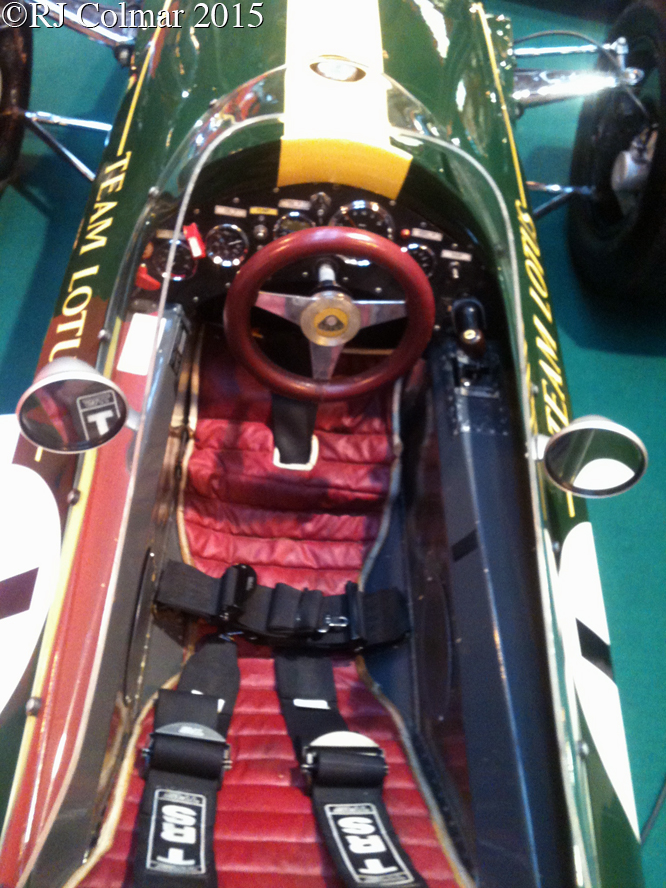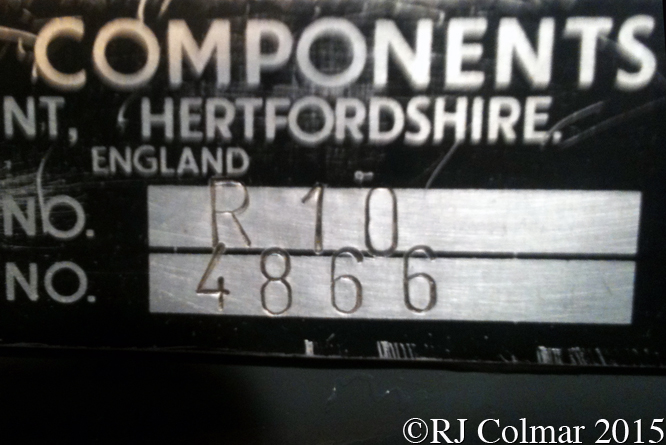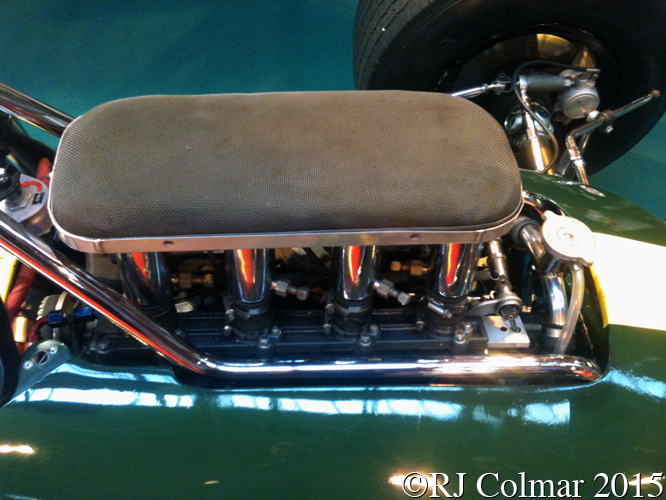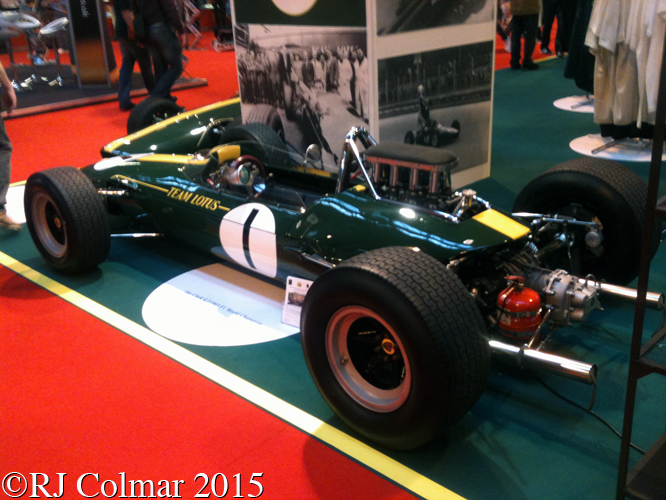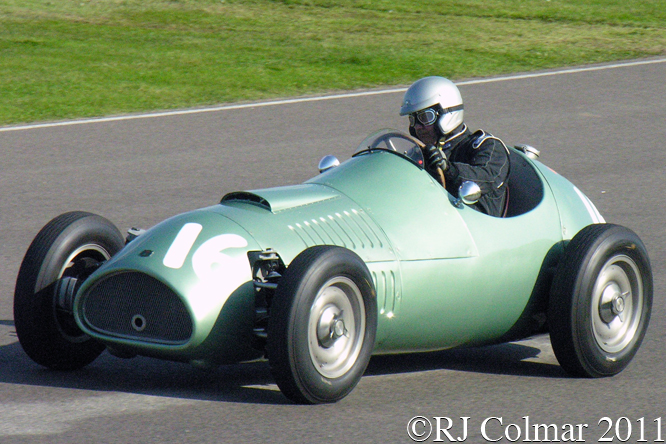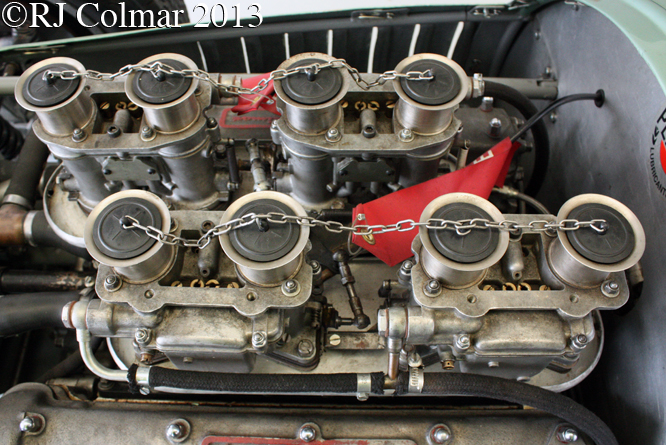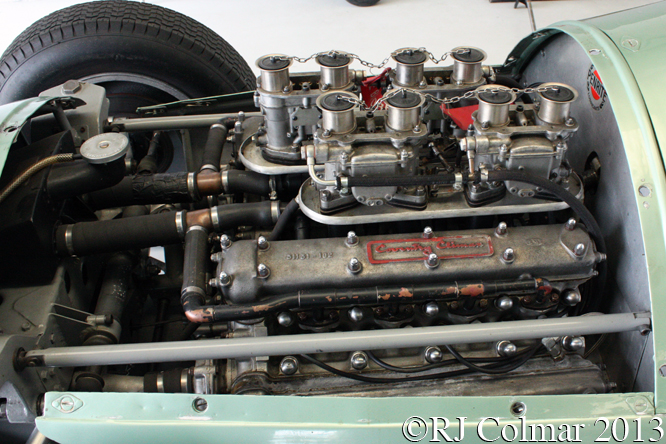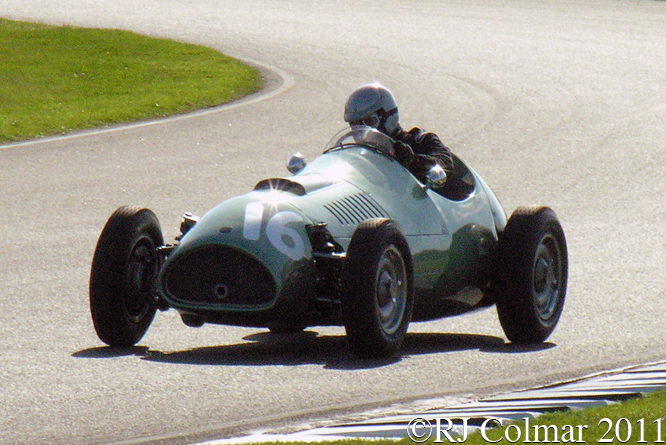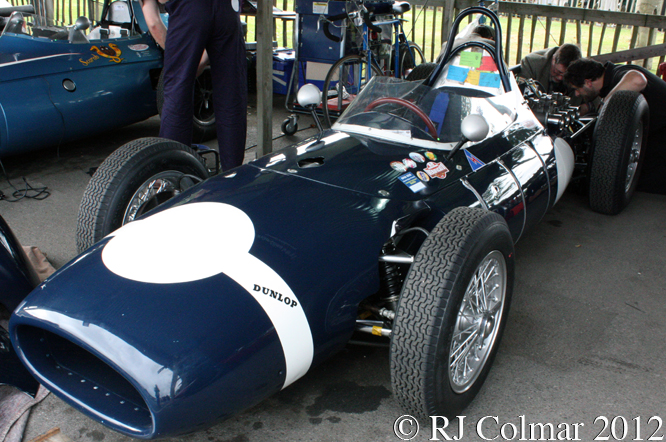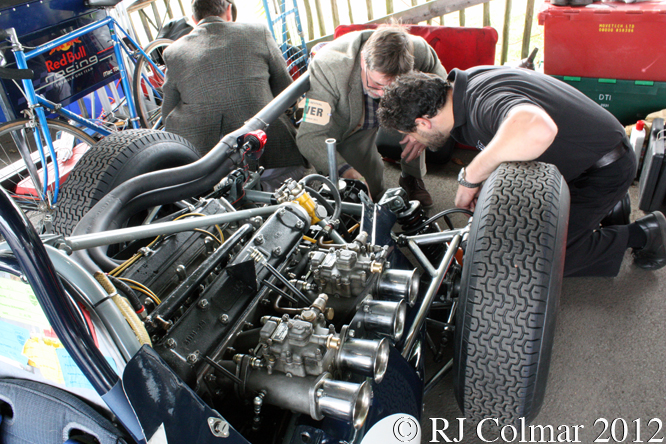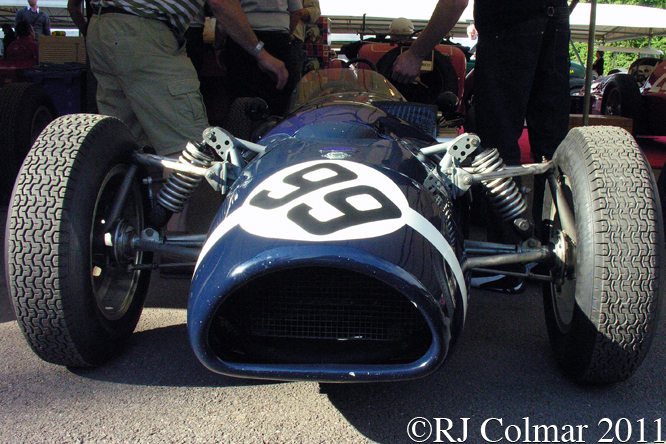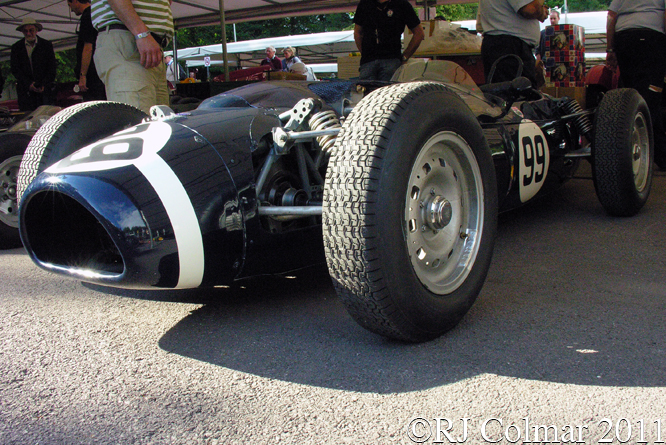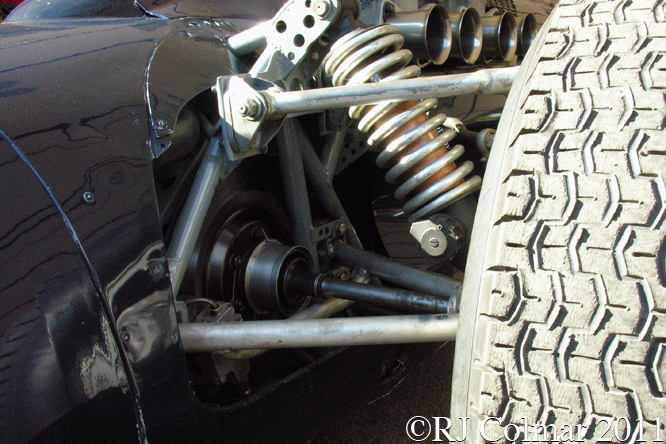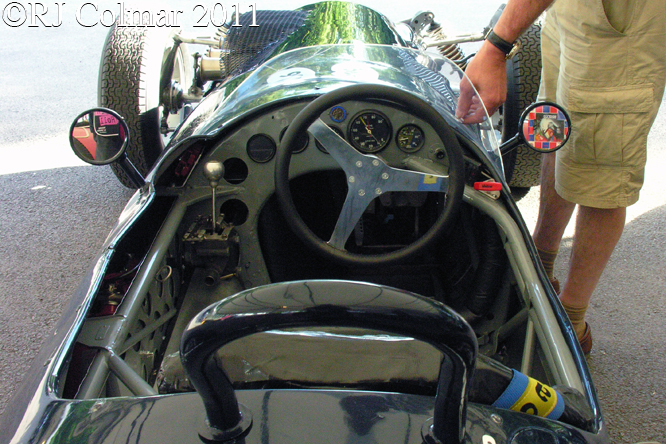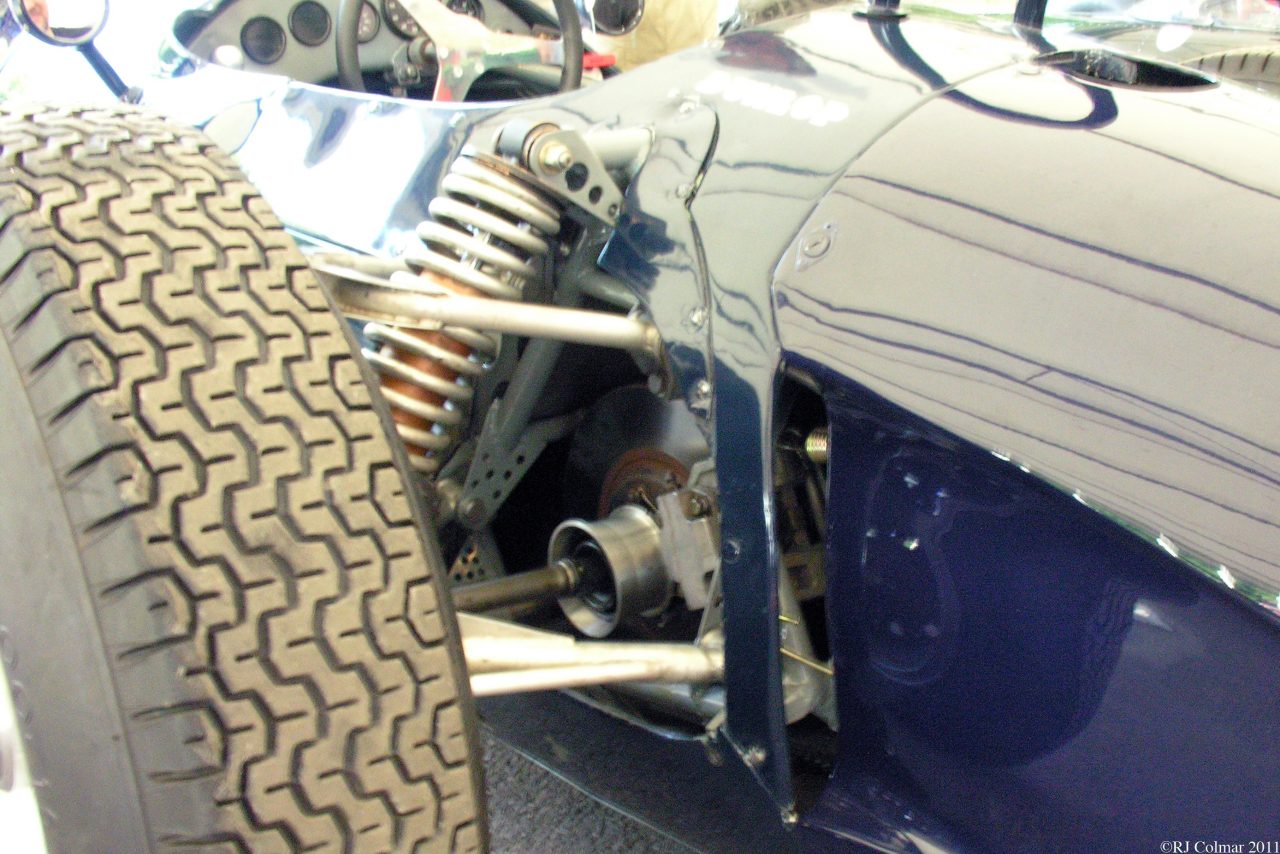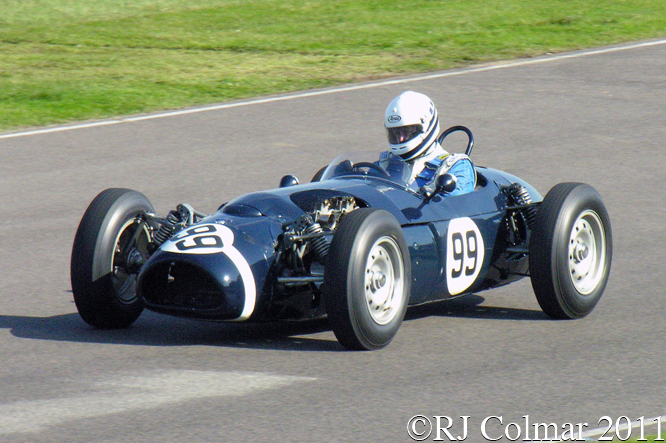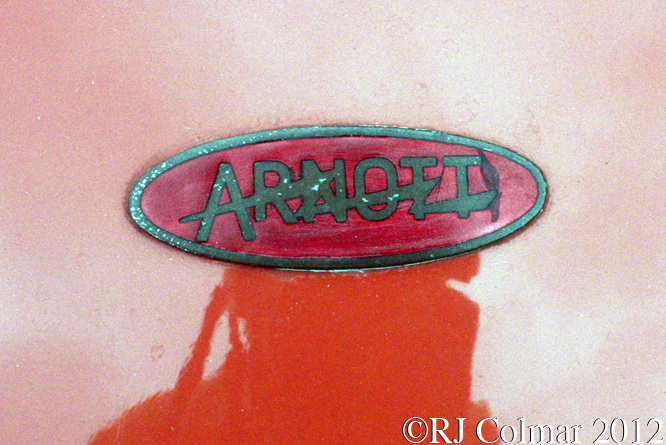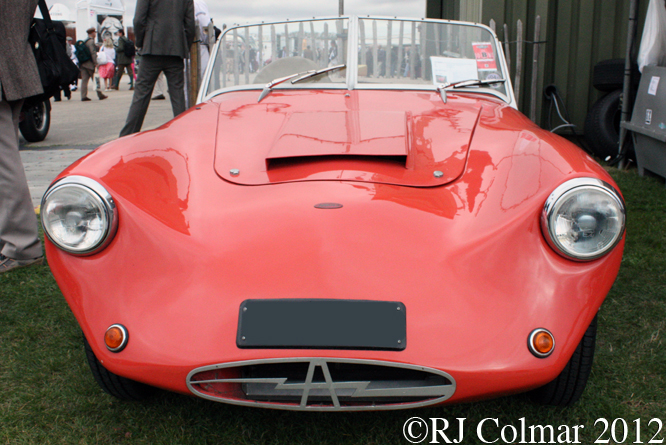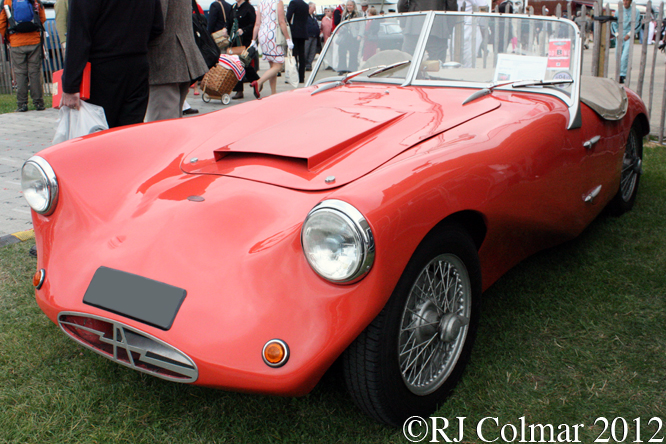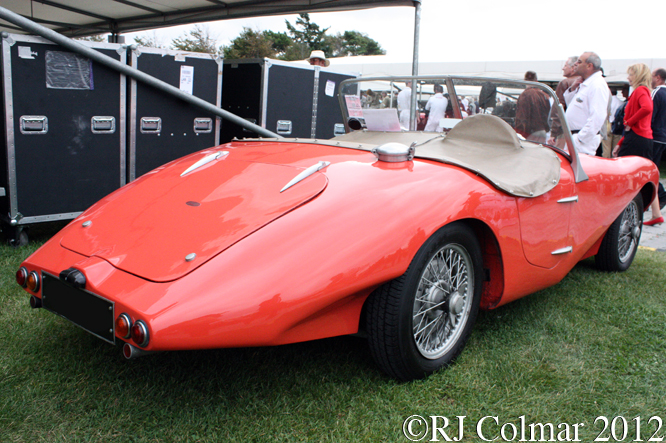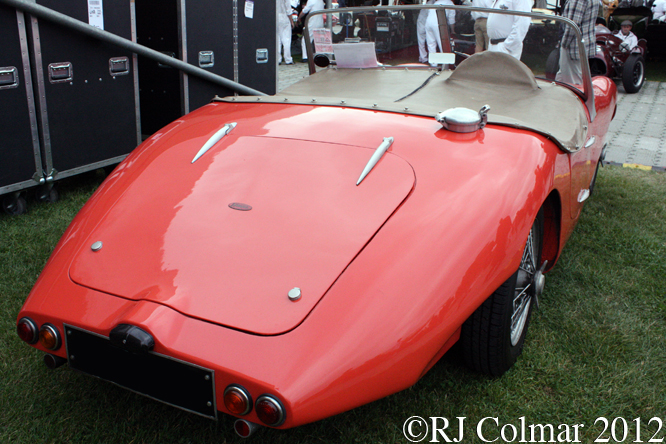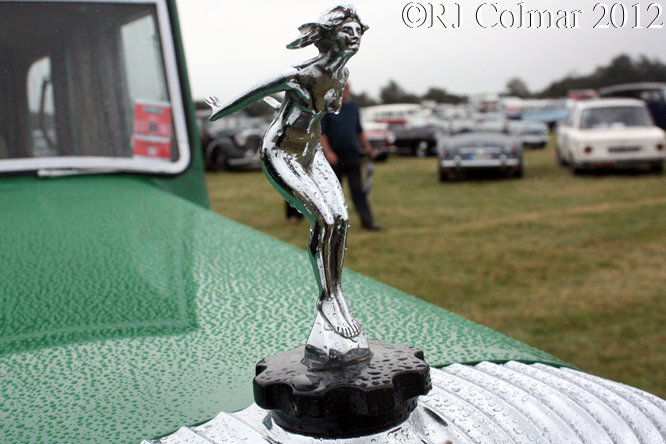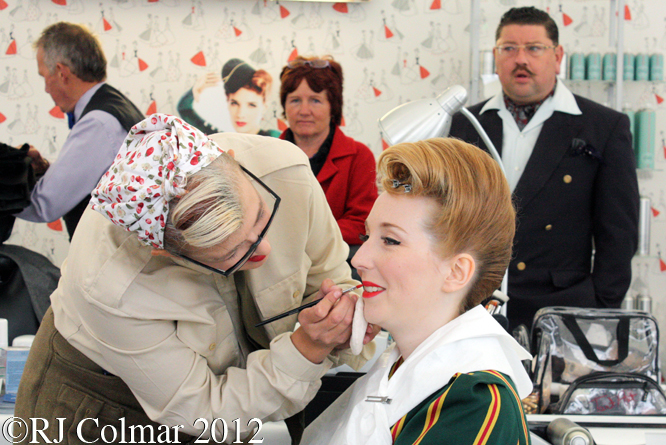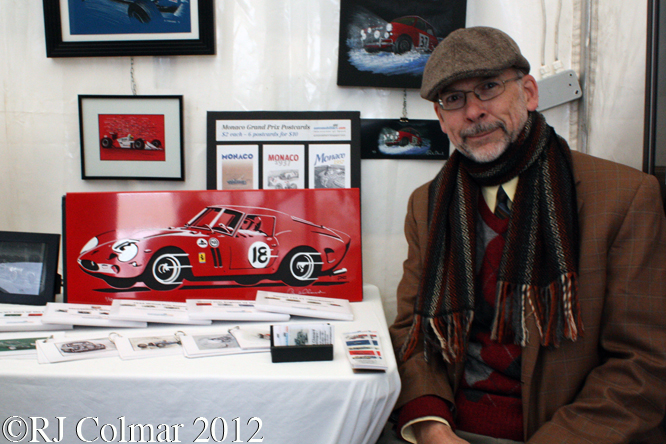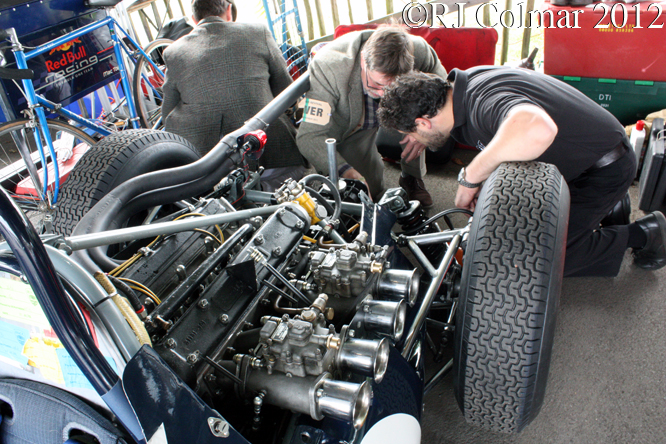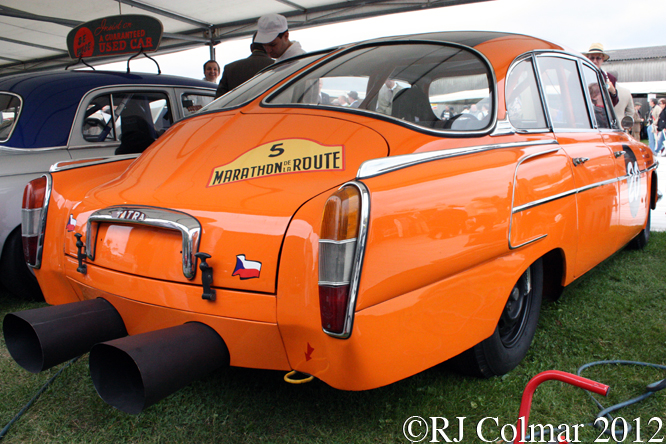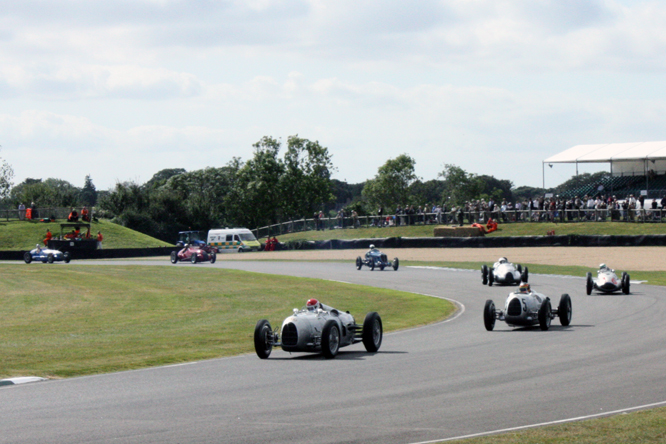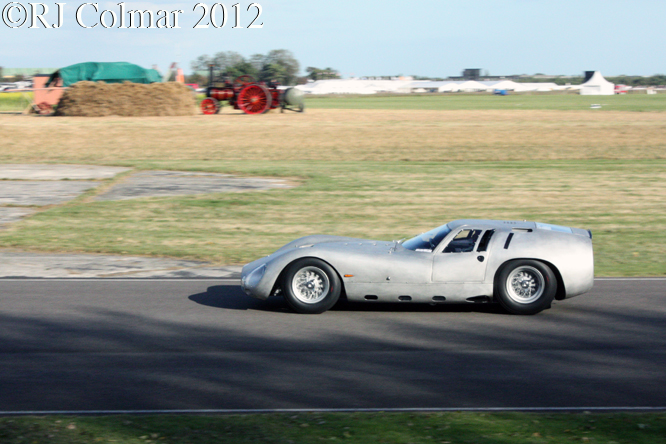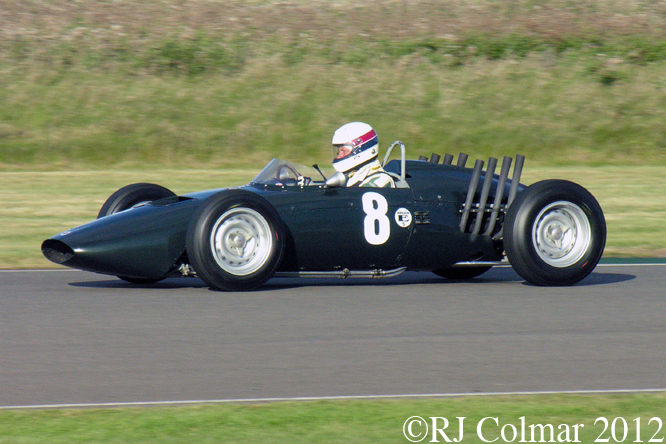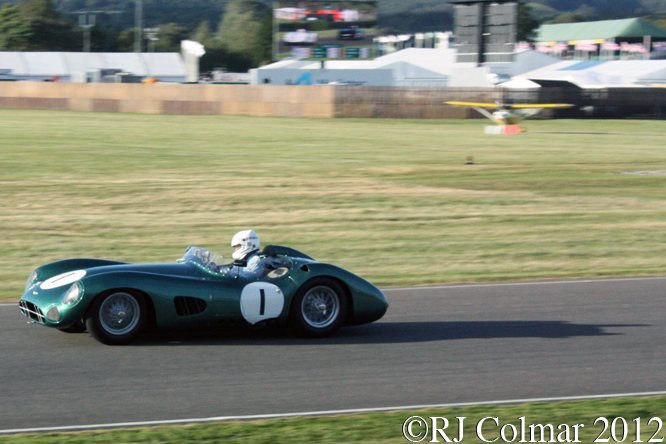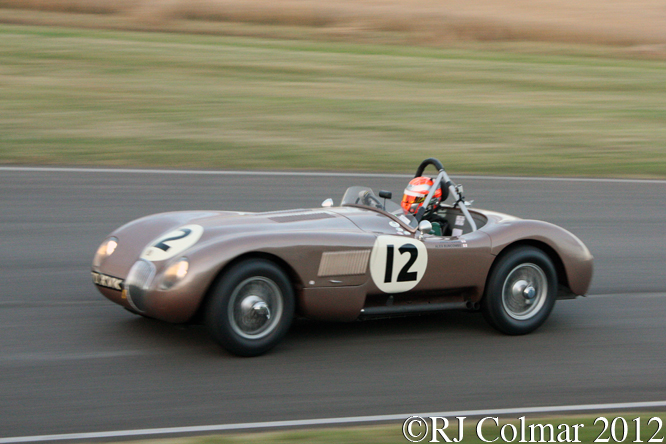1967 had been a busy year for Chevron with the production of the one off BMW powered B4 GT , one off BRM V8 powered B5 GT, a run of 7 B6 GT’s six with BMW motors and one with a Ford Twin cam and the companies first open wheeler B7 Formula 3 car.
For 1968 Chevron really stepped it up producing six different models and 59 cars in total, by for the most numerous with 44 examples built was the B8 GT which differed only in detail from the B3. B4, B5 and B6 models and were mostly powered by the 2 litre / 122 cui BMW 4 cylinder engine with a few being powered by the Cosworth FVA and FVC motors and a couple with Climax engines of varying sizes.
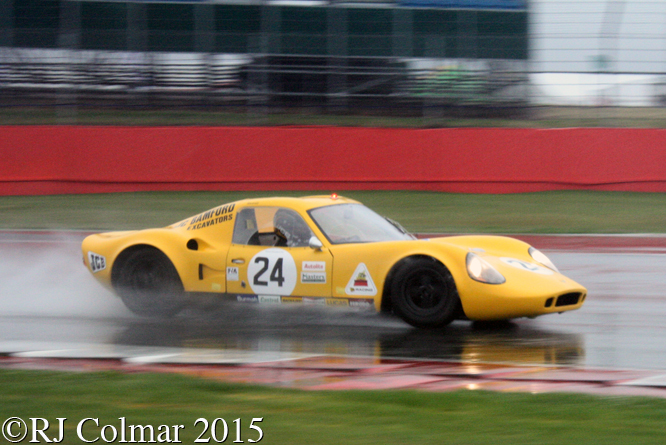
In order to comply with the Group 4 category in international events series production of the B8 should have run to a minimum of fifty units however in order to make up the short fall Derek Bennett managed to get away with renumbering and counting rebuilt cars as new vehicles, succeeding where Enzo Ferrari failed with the 250LM some years earlier, hence the chassis numbers for the B8 GT’s run way beyond the 44 chassis actually built brand new and tracing their exact histories is far from straight forward.
In October 1945 Joseph Cyril Bamford founded the company with which his initials have become synonymous in a small lock up with a prototype electric welder, some scrap steel and some surplus jeep axles which he fashioned in to a trailer that sold for a handsome profit, 3 years later he introduced the first hydraulic tipping trailer to the European market and in 1951 he painted his products a shade of yellow which has also long since become synonymous with JCB.
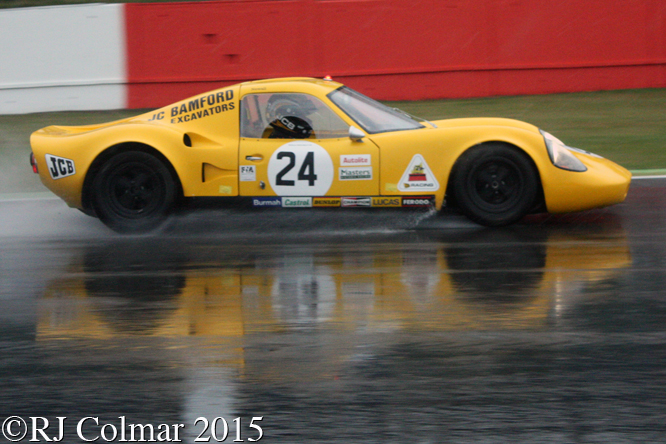
With the introduction of JCB’s backhoe trailer and “hydra digga” JCB established themselves with must have equipment for every self respecting farming and building contractor with earth moving requirements, by 1968 JCB were sponsoring an MGB driven by Peter Brown and Tony Fall in continental events as part of their marketing strategy.
For 1969 Peter graduated into the 2 litre GT class using at least one Chevron B8 including today’s featured chassis #CH-DBE-78 which he is believed to have shared with Roger Enever in the Targa Florio where the pair were classified 14th despite not finishing after and accident, at Spa classified 20th, Le Mans where they retired, Zeltweg recording a 13th place finish, before rounding out the season with two retirements in Barcelona and Paris.
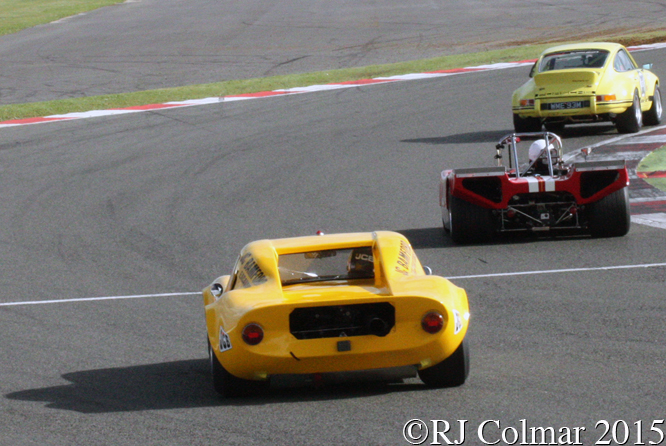
Peter drove a B8 in numerous other events during 1969 but at the time of writing it is by no means certain #CH-DBE-78 was the car he drove in all of them. He appears to have taken a bit of a sabatical from racing between April 1970and March 1972 when he reappeared in the JCB sponsored Ferrari 512M chassis #1030.
Andrew Newall is seen at the wheel of #CH-DBE-78 in these photographs earlier this year at Silverstone Classic during qualifying in the rain and racing in the dry.
Thanks for joining me on this “When Forty Four Equaled Fifty” edition of “Gettin’ a li’l psycho on tyres” I hope you will join me again tomorrow when I’ll be looking at possibly my favourate Formula 5000 car. Don’t forget to come back now !




